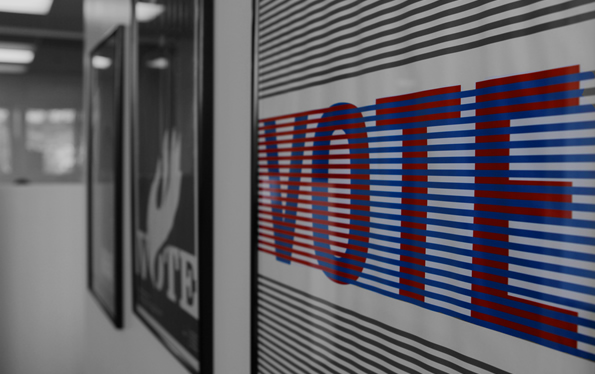Political Insiders Fail to See the Battles Won by the California Open Primary

When one stands on top a mountain and pronounces victory, it is easy to underestimate the battles won by those charging up the hill. In Richie Ross’s editorial for the Sacramento Bee, he claims that California’s redistricting reform and its new Top-two California Open Primary “ change much.”
Mr. Ross leads his editorial with an unequivocal statement: “You can ‘reform’ the political process. You can't ‘reform’ the participants.”
This may sound like a self-fulfilling prophecy in an age when political consultants have more power over campaigns than the candidates and when most of the money is funneled through consultant created independent expenditure committees.
To support his contention, Mr. Ross makes three arguments:
(1) “the lack of increase in independent voter turnout,” (2) “Republican districts remained Republican and Democratic districts remained Democratic,” and, (3) “nonpartisan candidates lost”.
Mr. Ross is a top-tier political consultant, but his analysis of these long-term reforms is, at best, short-sighted and, at worst, skewed by virtue of his own perspective. Those on top of the mountain both orchestrate the political engagement and then “referee” the interpretation of the results. Little surprise that they tend to see things through the lenses that got them to the top in the first place -- too far up the mountain to recognize the battles waged by new combatants near the base and below many layers of changing atmosphere.
For decades, consultants like Mr. Ross have made the right calls. Why should things change now … or ever?
Just because independent-minded voters did not steal the black and white stripped shirts from the political referees in the first half of the first round of a ten round fight doesn’t mean the rules of the game are not shifting in their favor.
But, let me turn to Mr. Ross’ specific contentions.
1. “Primary turnout did not increase”:
The purpose of Open Primaries is not to increase voter turnout in primaries, but to broaden accountability by shifting election decisions from the Primary to the General election in which more voters do turn out. This was the same rationale that Democrats used in forcing initiatives off of the primary ballot to the General election. Even in partisan districts, a representative that flies too far to the right, to the left (or just “off the handle)” is susceptible to challenge from a more reasoned same party candidate under the Top-two system.
No one was surprised by the low turnout in an election that had little on the ballot to attract voters. From an analytical perspective, if anything, this extremely low turn out was an excellent opportunity to “stress-test” the Open Primary under the most severe conditions it is ever likely to face. Despite predictions of voter confusion and very specific predictions of an anomalous result in the U.S. Senate race, the election went smoothly and voters expressed broad support for the changes.
2. “Republican districts remained Republican” and “Democratic Districts remained Democratic”:
Hard to argue with, in fact I’m not even sure what this means. But, in November, Californians will see 28 races where candidates from the same party must face-off against each other in the general election. In fact, as reported by IVN’s Alan Markow, “19 of the 28 party-on-party results had no candidate with 50 percent or more of the vote” in the primary.
In a “red vs. blue” world, these statistics would be meaningless. In real life, where the partisan victor would have de facto already won these districts (and done so in a very low turnout), independent-minded voters now hold the power to influence the outcome in the higher turnout General election. And, more importantly, the candidates will have to address the issues important to this broader base of citizens.
3. “Independent candidates lost”:
First, the real news is how many independent candidates ran. This was an unforeseen early development and one that may in fact represent the emergence of a nascent movement that could eventually put even more pressure on partisans to appeal to a broader electorate.
In the short term though, there will be four “No Party Preference” Congressional candidates and one NPP State Senate candidate engaged in one-on-one races against partisan opponents. Considering that, in almost 50 years, closed primaries only twice produced a representative for any office without an R or D next to their name, it is pretty clear that this represents significant change.
More importantly, for candidates running without a label in the first of its kind Open Primary (and as pointed out by Mr. Ross in the most hostile of low turnout conditions), losing is not tantamount to failure. In fact, despite no political infrastructure and no time to develop serious campaign organizations, more than one of these candidates performed well above all expectations, despite being massively outspent by partisan rivals.
We have yet to see the final effect of the California Open Primary on the 2012 California elections. But, we know the Democrats and Republicans don’t like it. After all, they keep challenging it in the courtroom. This leads me to believe that at least some people on top of the mountain see the momentum building as the movement to temper the worst elements of partisanship trudges steadily up the mountainside.
 Chad Peace
Chad Peace




